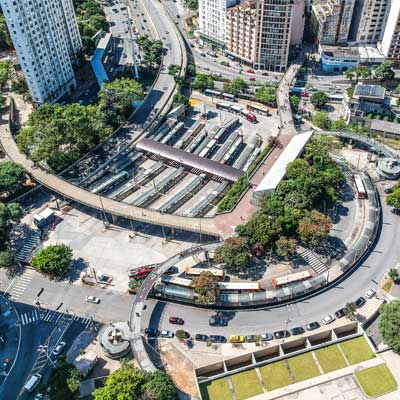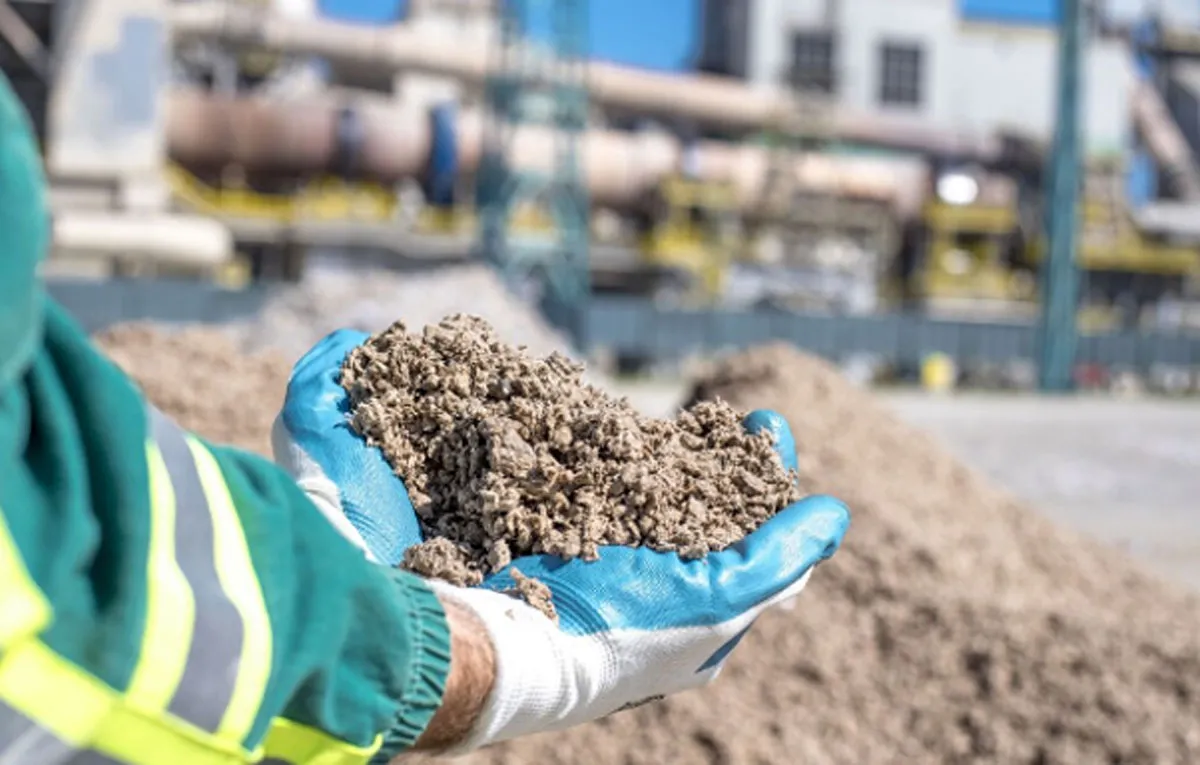In this third part of the series on Quality of Life in Cities, E Jayashree Kurup delves into the problems of finance. The Reserve Bank of India in its State of the Economy Report, studied the responses from 141 cities to come up with an analysis of the problems of economics in the Third Tier of Government. The most important take-away is the inability to spend the resources that are available.
Are cities really starved of finance or is it that they are unable to spend the money that they have available? Sounds like a rather vexing problem but needs a lot of analysis and soul searching to come up with a solution. Quality of life in cities can only improve if the cities know what to do, how to do it and how to legitimately allocate resources towards projects that improve living conditions.
Says Vivek Ananda Nair of the Janagraha Centre for Citizenship and Democracy in ‘Complexity of City Systems’, a podcast with the National Institute of Urban Affairs (NIUA), the problem is that the Centre, state, local governments and parastatals are spending money in cities according to their own agenda. Cities get money for spending from three different methods - raising property taxes, grants from Central and state finance commissions and grants from Central and state schemes. Domestic and International aid is also generally given to cities for specific projects. In all this, there is no holistic generation of projections on deficit and borrowing.
Secondly, many projects at city level have a tenure of 5-7 years. Without predictable finances when you need them, in the duration of the projects, cities can’t plan an outlay for the life cycle of the projects. All their lines of finance have to be healthy and steady over a period of time for cities to have their own independence. However, across the world there are barely any city governments that can make money on their own. They have to rely on state and central transfers for their lines of credit.
This, says city finance expert V Suresh, needs long-term money. In Germany, this comes from insurance funds, in the US from pension funds and in Singapore from provident funds. Once formal money comes regularly, the city also has to create user charges and other mechanisms to yield returns, so that the payouts can be made to investors at the end of the tenure. “Currently, by the time the term of municipal funds ends, there is not enough returns to make the investment attractive enough,” says Suresh.
Now let us look at the self generated finances that form the predictable lines of the city economy. In India, local finance is from property tax and some service fees at the local level. The problem is that citizens pay money to the city but it is not necessarily spent there. It goes into a common pool of collections by the state or the Centre and is “routed back into projects by some other means,” says Nair.
Most city budgets are relatively small. The only big budgets are cities like Bangalore with about Rs 10,000 crore and Mumbai with about Rs 26,000 crore, says nair. But even here the budget is a statement of intent, rather than what is actually spent. Nair says they are still not focussing on cities to raise money on their own capacity to spend. As a result, when the intent is tallied with actual spending, experts like Nair often see a mismatch.
“At the end of five years, audited accounts show that they have barely spent 50% of what they claim,” he says. This varies from state to state. The state’s challenge is often not the need for money to fund its growth but the capacity to utilise the money effectively for better governance. Providing more money, without building utilisation capacity, will just result in money lying in banks, earning interest to be used later.
Says VR Vachana of the Janagraha Centre for Citizenship and Democracy, at the NIUA podcast, “Financial self sufficiency and accountability should go hand in hand.” She laments that there is no integrated view of city finances and treasury management. According to the AISECS study by Janagraha, “Only four cities can borrow and only seven cities can invest surplus without state approval.”
More than access to resources, she feels utilising them efficiently is the challenge that they have to cope with. She also calls for accountability of fiscal management. The quality of the budgeting process is so poor that adherence to timeline by cities is not possible, she says. Of the cities studied by Janagraha, at least one sixth of them had over 50% budget variance. Cities like Raipur and Ranchi had variance of over 70-75%.
Despite a public disclosure law in a lot of states, transparency and accountability suffers and states don’t adhere to the model law. With cities reluctant to be transparent in financial models, citizens rarely engage in the city budgeting process where they should ideally have a say. Some cities like Pune, Bangalore and Thiruvananthapuram have participatory budgeting, even though there is no law mandating this.
The problems are many and the solutions difficult to reach. But as cities have been mandated to raise money through borrowing to cope with the pandemic, the management of finances has to be strengthened if the banking system itself should not come under strain.
E Jayashree Kurup is Director Wordmeister Editorial Services, Real Estate & Cities. She is also Advisor, Communications, National Institute of Urban Affairs
Also Read
https://www.constructionworld.in/latest-construction-news/real-estate-news/developers-bank-on-gdp-growth-to-push-future-home-sales/29547
https://www.constructionworld.in/urban-infrastructure/smart-cities-projects/why-cities-are-difficult-to-master-and-serve/31115





















